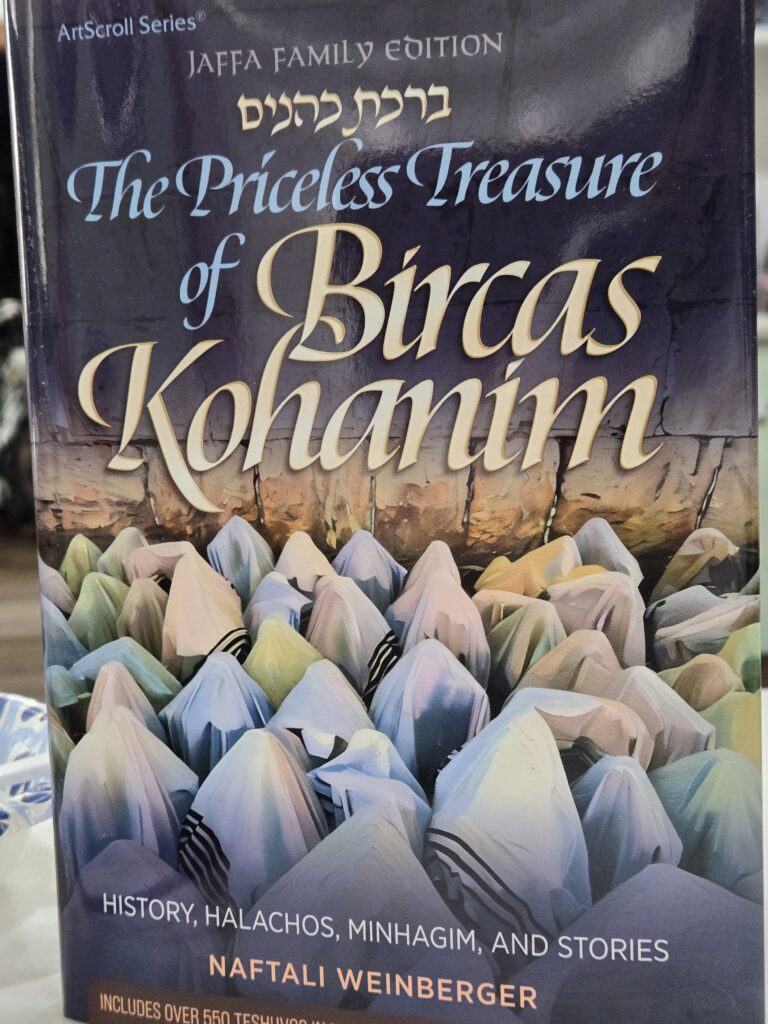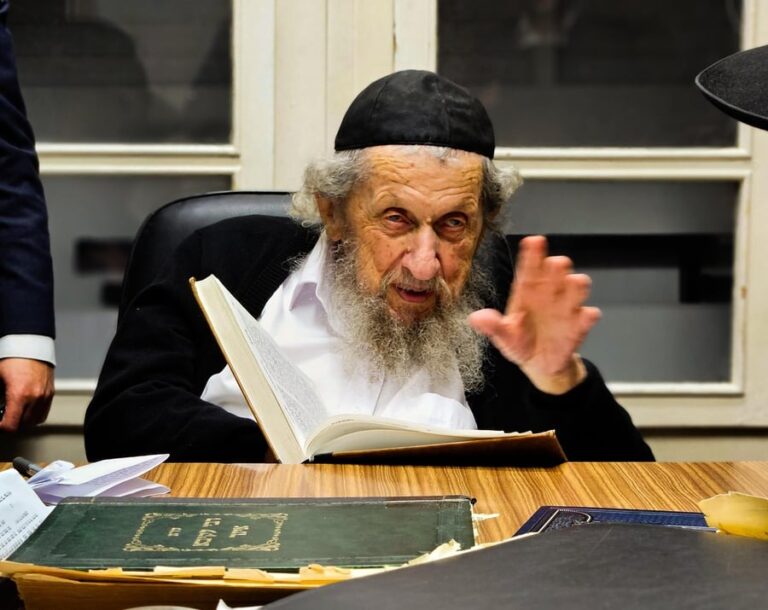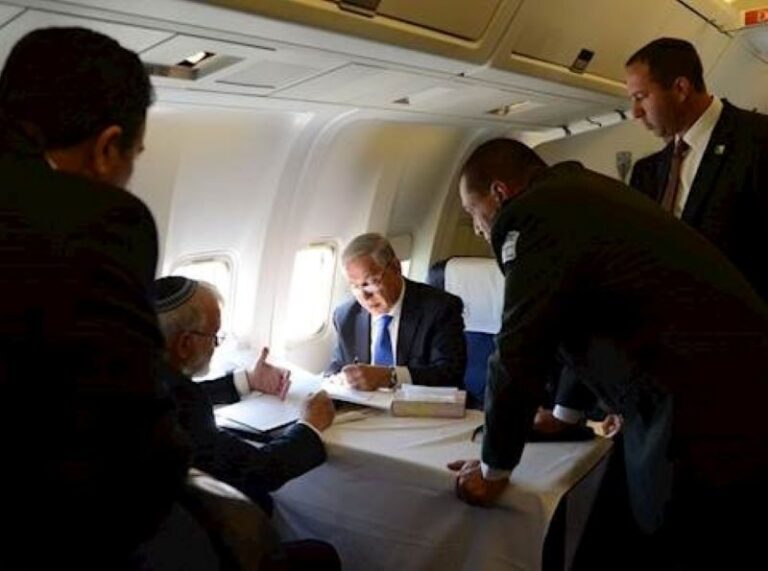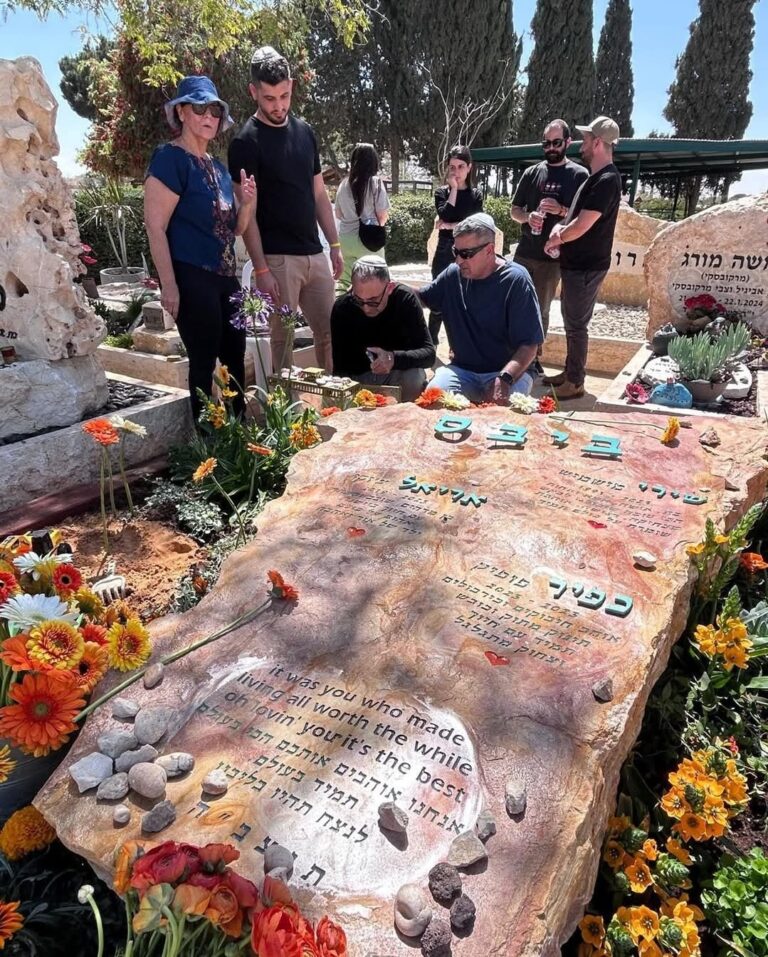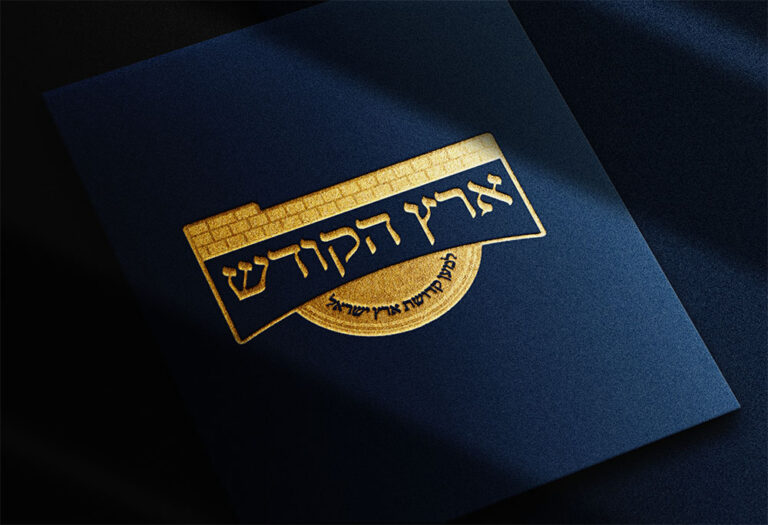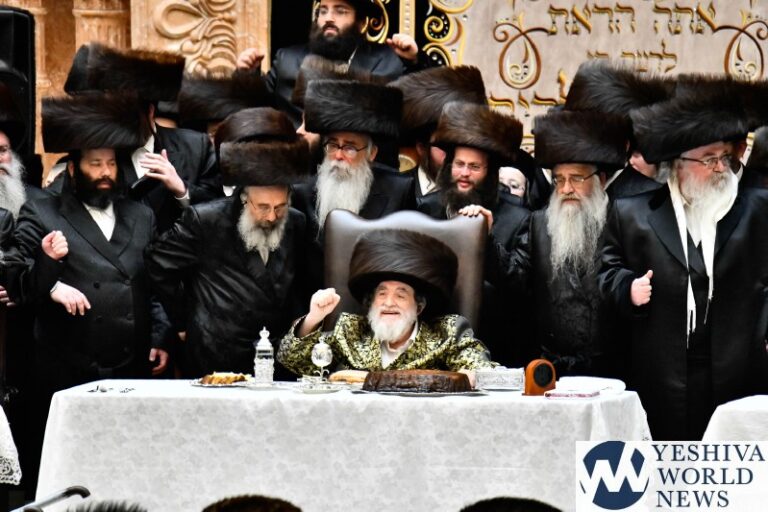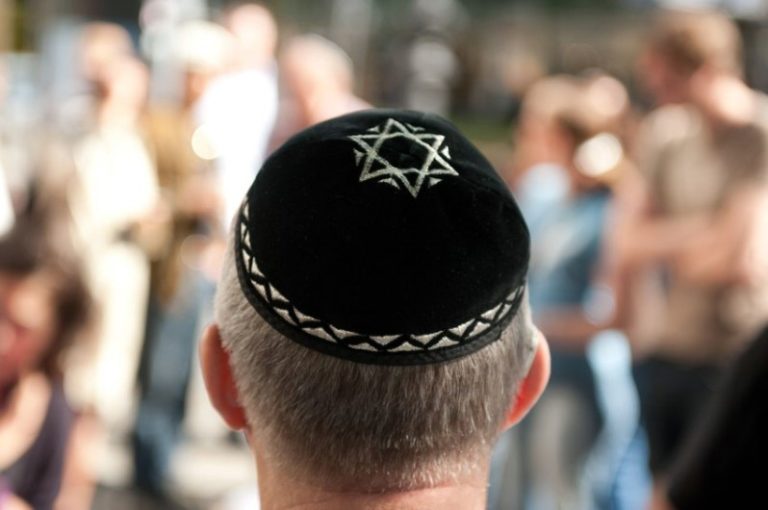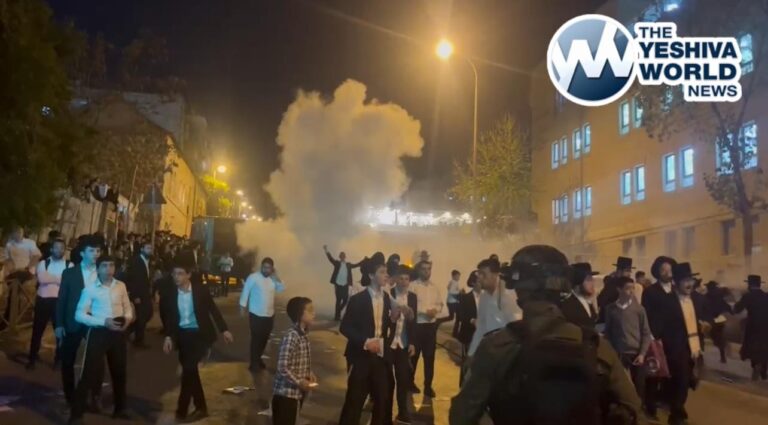By Rabbi Yair Hoffman
Artscroll’s latest English Halacha sefer is entitled, “The Priceless Treasure of Bircas Kohanim” – but the name applies to the sefer as well. This sefer, replete with more than 550 Teshuvos from Maran HaRav Chaim Kanievskt zt”l is a priceless treasure in and of itself. It is not just a halacha sefer, it is a kol-bo. It is filled with inspiration, stories, history and minhagin. This type of combination-format, in this author’s opinion, is path-breaking and will possibly entirely re-define how halacha seforim can be written. Most of all, anyone reading it is is overcome by a tremendous urge to run out for Shacharis to a sefardic minyan to attend Bircas Kohanim.
Somewhere in the introduction, the author, Rabbi Naftali Weinberger, explains that he had asked Rav Chaim Kanievsky zt”l which sefer should be published first – the one on Shidduchim or the one on Bircas Kohanim. Everyone thought that he would certainly answer Bircas Kohanim – because of the Mitzvah of vekhibadto – that one must honor a Kohain. In fact, Rav Chaim zatzal used to sort his letters by names that could possibly be that of a Kohain in order to respond to them first. To everyone’s shock, Rav Chaim responded that the Shidduchim sefer should be published first because the delay in our girls getting married causes enormous damage to Klal Yisroel. Wow.
Each page of this remarkable is filled with remarkably inspiring nuggets of information. The Alter of Slabodka had formed his own, quicker minyan for Ne’ilah so that he could hear Bircas Kohanim before shkiyah. But when the Yeshiva saw what the Alter was doing – the main minyan followed suit (p. 107).
Rav Nachum zt”l, yes the famed Rav Nachum, explained that the Mir Yeshiva’s minhag of going faster through Ne’ilah was to give the tzibbur an extra Chessed of helping out the Kohanim fulfill their three Mitzvos. The z’chus that the Tzibbur receives is on account of this Chessed – to the Kohanim. Wow.
It is reminiscent of Rav Chatzkel Levenstein zt”ls explanation of mechalkel chaim b’chessed – Rav Chatzkel Levenstein zt”l explains the three words we are all so familiar with in the shmoneh esreh differently than others do. Mechalkel chaim b’chessed – Hashem sustains life with chessed. What do these words mean? Some have it that through Hashem’s middah of chessed – He sustains life. Others have it as Hashem could sustain life in many ways – but He does so with extras – with steak instead of with macaroni. Rav Chatzlel zatzal explained it differently – He explained that it is the acts and the performance of Chessed which is the life-sustaining, life-giving force that sustains and gives purpose and direction to life and to the universe itself.
Some interesting halachos are that an Ashkenazic Kohain living in the USA may never duchen in an Ashkenazic minyan except for on Yom Tov – without exception (p. 142). An Ashkenazic Jew may attend a sefardic minyan in the USA – even for the express purpose of hearing Bircas Kohanim. Chapter fourteen of this sefer goes into great detail all of the explanations as to why Kohanim do not duchem in Chutz LaAretz. In Chapter eight, the author deals with the D’oraisah form of the bracha – wherein it must be delivered by two Kohanim. The Rabbinic form of the Mitzvah is just with one Kohain.
Uman – The Exception
The author notes that Dayan Fisher zt”l ruled that in Uman, where the shuls were established primarily for those visiting from Eretz Yisroel for a short period of time – the Israeli Kohanim may duchen. Uman is not the only exception. In the Hague, they also did duchen because they thought it protected them from the Cholera epidemic. The practice ended at the second World War.
But Where do the Fingers Go?
Most people that learned through Mishna Brurah Seder when they were in Yeshiva remember the 5 air spaces Avirim that are discussed in Siman 128:12 but didn’t pay to much attention to where the five space were. Rabbi Weinberger brings two different readings of the Mishna Brurah on this issue. (The pictures, drawn by Yoav Ilan, are on p. 301 – where all 7 different minhagim are depicted.) Of course the first and last spaces are between the middle finger and the ring finger on each hand. The second and fourth spaces are between the thumbs and the index finger? But where is the third space? The simple reading is that it is in the concave area below where the thumbs touch. But the alternative reading is that the thumbs form an X and area 3 is at the top of the X. (The author does not address the fact that according to the alternative reading there would be a fourth concave area at the bottom of the X). The Zohar’s view is that the thumbs don’t touch at all.
The fact of the matter is that this Sefer is an essential read before Yom Tov and this reviewer predicts that it will be an instant sellout. Artscroll will have to reprint very soon. Also, for all wives of Kohanim out there – it is the perfect gift, just be prepared not to see your husband for two days.
The one deficit of this remarkable Sefer is that it is currently missing its index, but no doubt in the next printing – Artscroll will rectify that. So for those looking for any mention of Yehudah Leib Ben Mordechai, it probably will not be found.
The reviewer can be reached at [email protected]

